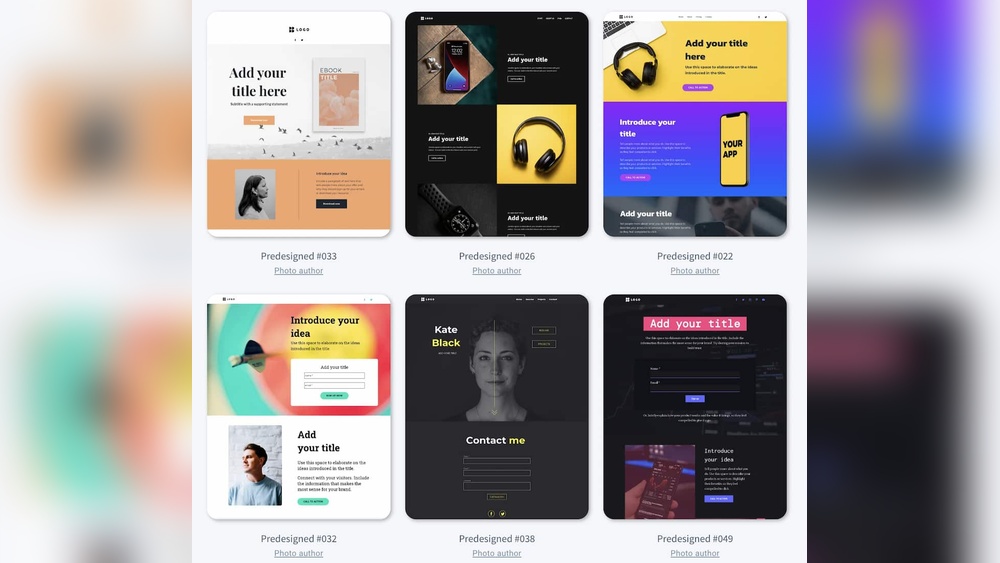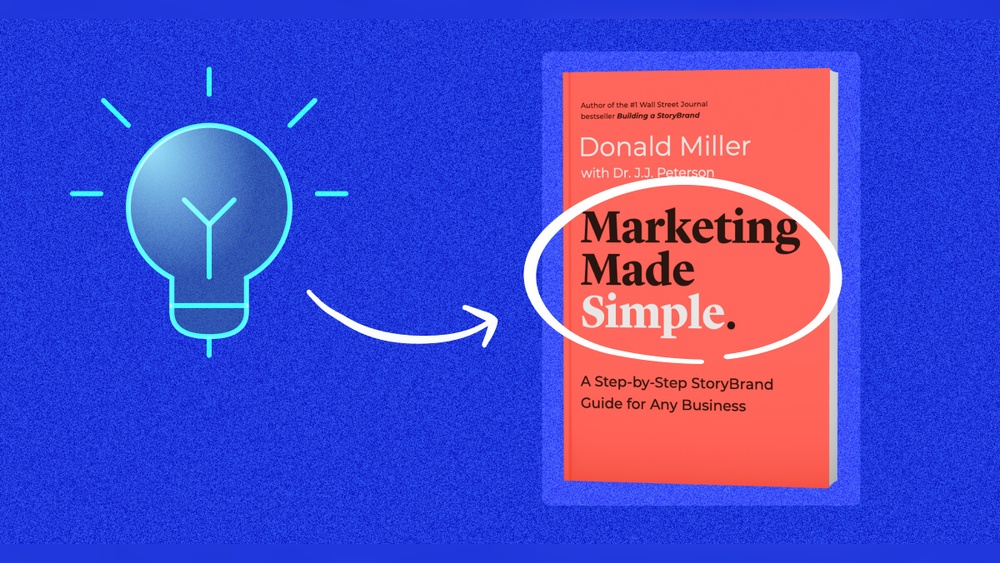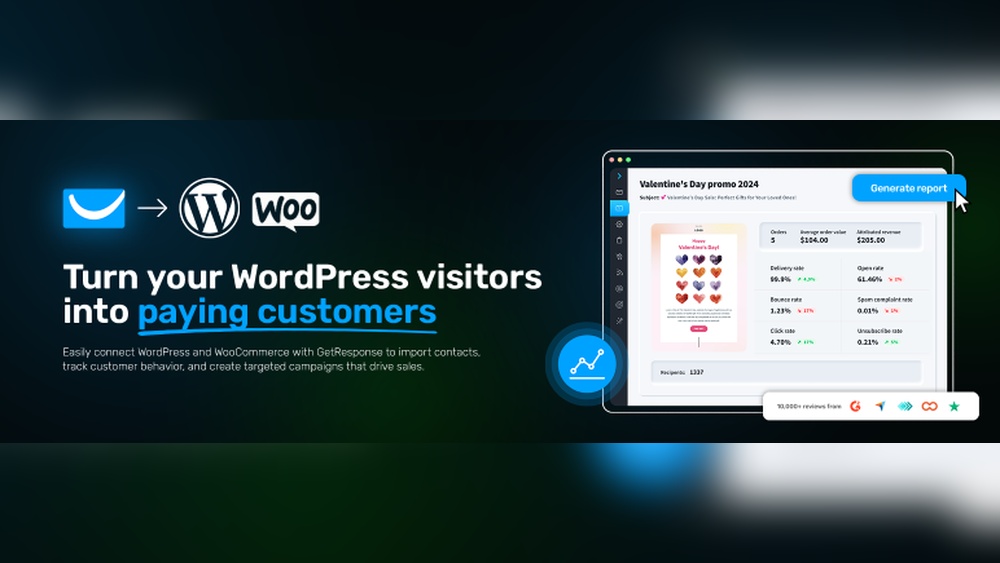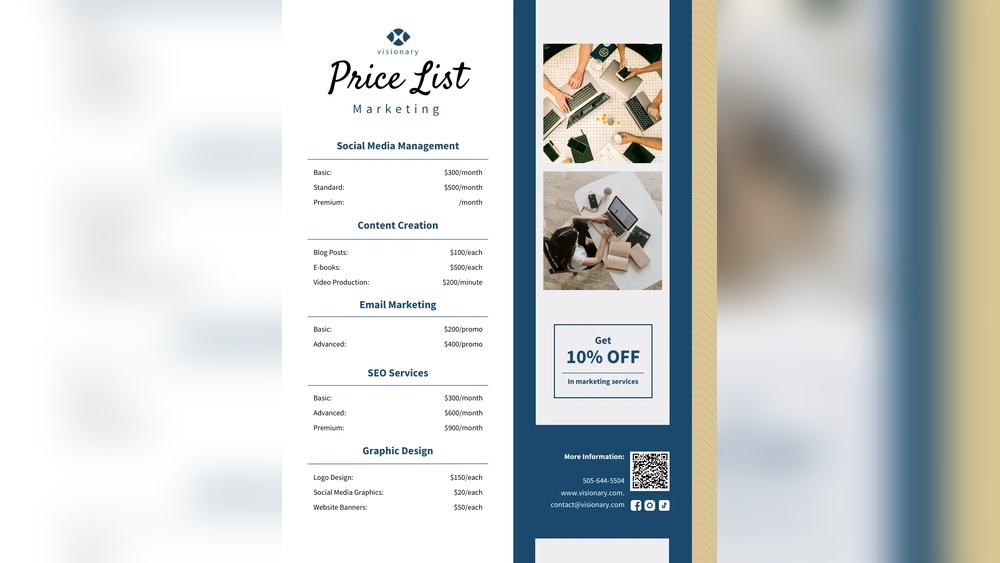Have you ever wondered what makes a landing page truly effective? You might have spent hours designing a beautiful website, but if it’s not converting visitors into customers, then what’s the point?
The key lies in understanding landing page conversion. Imagine having the power to transform casual browsers into loyal customers with just a few tweaks. Sounds enticing, right? You’ll discover the secret sauce that turns landing pages into conversion machines. You’ll learn how to capture your audience’s attention and guide them effortlessly to take the action you desire.
Stick around to unlock the secrets of maximizing your landing page’s potential and watch your success soar.
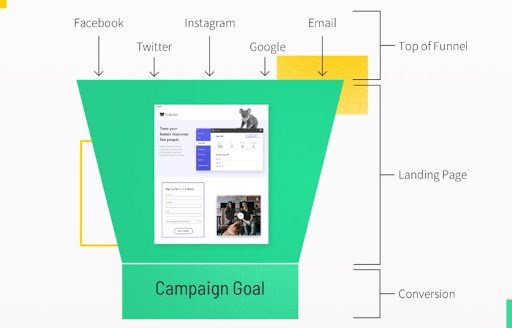
Credit: www.leaddigital.com
Landing Page Essentials
A landing page serves a special purpose. It turns visitors into leads or customers. The main goal is to grab attention quickly. You need to show why your product or service is great. This is done using simple and clear messages. Make sure the page is easy to understand. It should answer questions fast. This keeps visitors interested.
Key elements make a landing page effective. A strong headline grabs attention. Use images that relate to your message. Add a clear call-to-action (CTA). This tells visitors what to do next. Offer a benefit that matters to them. Use short, easy sentences. Keep information simple and direct. Trust signals like reviews or logos help too. These elements work together to boost conversions.
Designing For Conversion
User-centric design focuses on the needs of the visitor. It makes the page easy to use. Visitors find what they need quickly. This builds trust and keeps them engaged. Clear navigation is important. Buttons should be easy to see and click. Information should be simple to understand. The visitor should feel guided, not lost. This helps improve conversion rates.
Compelling visuals grab the visitor’s attention. They make the page more interesting. Bright colors and clear images work well. They should match the message of the page. Avoid cluttering the page with too many visuals. Each image should have a purpose. This keeps the focus on the main goal. A clean design helps the visitor focus on the important parts.
Crafting Effective Content
Good words make people want to act. Simple language works best. Each word should serve a purpose. Short sentences keep readers engaged. Use words that make people feel. Feelings drive actions. Power words can be key. Words like “you” and “your” speak directly to the reader. They make the reader feel important. Clear benefits should be shown. Tell what the reader gains. Make them feel like they need it now.
Every landing page needs a strong call-to-action (CTA). Strong CTAs tell the reader what to do next. Use action words like “buy,” “get,” or “join.” Make it easy to find. Use bright colors to stand out. The CTA should be short and clear. Tell them exactly what will happen. It should feel urgent. Like it can’t wait. This makes people more likely to act quickly.
Optimizing For Search Engines
Good SEO makes your page easy to find. Start with keywords. Use them in your titles and descriptions. They should be in headings too. This helps search engines understand your page.
Meta tags are also important. They give extra info to search engines. These tags help your page show up in search results. Keep meta descriptions short and clear. Use your main keywords here too.
Make sure your page loads fast. Slow pages lose visitors. Fast pages rank better. Always check your page speed. Use tools to help.
A/b Testing Methods
A/B testing helps find the best version of a page. You create two or more variants. Each variant has different elements. Maybe a different headline or button color. Show these variants to different users. Compare which gets more clicks or sign-ups. This helps improve the conversion rate.
After testing, gather the data. Look at the numbers. Which page had better results? Which page did users like? Check clicks, views, or sign-ups. Use this data to make decisions. Improve your landing page based on what you find. This process helps in making your page better.
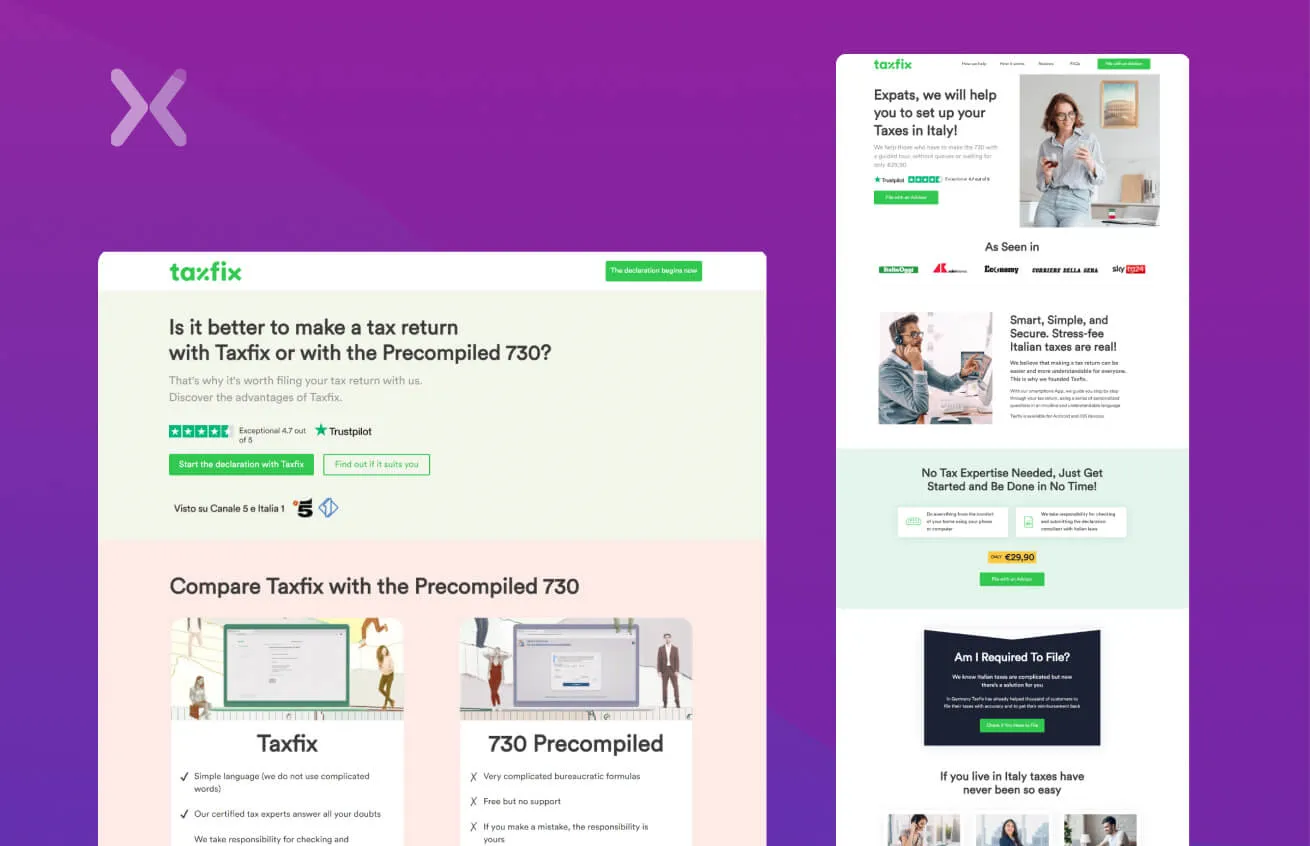
Credit: www.apexure.com
Leveraging Analytics
Analytics help understand what users do on a website. Tracking user behavior is crucial for improving landing pages. Tools like Google Analytics show how users interact with your site. Watching how users move through pages reveals patterns and preferences. This data helps make informed decisions. Adjusting content or layout based on these insights can increase conversion rates. A closer look at user actions can highlight areas needing improvement.
Tracking User Behavior
User behavior includes clicks, time spent on pages, and navigation paths. These actions provide valuable insights into user interests. Knowing what users click helps in tweaking content. Time spent on pages indicates engagement levels. Navigation paths show how users explore your site. Understanding these behaviors helps refine strategies.
Conversion Rate Metrics
Conversion rate metrics show how well a landing page performs. They measure how many visitors turn into customers. High conversion rates mean successful pages. Tracking metrics helps identify strengths and weaknesses. Adjustments based on these metrics can optimize page performance. Watching these numbers can guide future improvements.
Common Mistakes To Avoid
Too much information confuses visitors. Less is more on a landing page. Keep text short and clear. Use bullet points to highlight key facts. Focus on one goal and guide users there. Remove clutter. Simple designs work best. Avoid big blocks of text. Choose words wisely. Every word counts.
Many users browse on mobile devices. Pages must be mobile-friendly. If not, visitors leave fast. Make buttons easy to tap. Text must be readable without zooming. Images should load quickly. Check the site on different devices. Responsive design is key. It keeps users engaged. Every user matters.
Success Stories
Many businesses see great results from landing pages. One company increased sales by 50%. They used clear images. They added strong calls to action. Customers understood what they offered.
Another business improved their sign-ups. They changed their page design. They focused on user-friendly layouts. Visitors found it easy to navigate. Their conversion rate went up by 30%.
Retail brands often use landing pages. They highlight special promotions. Customers find deals quickly. This leads to more sales.
Tech companies showcase new products. They use videos to explain features. Users learn fast. This boosts product interest. More people buy their products.

Credit: landingi.com
Frequently Asked Questions
What Is A Conversion Landing Page?
A conversion landing page is designed to drive specific actions, like signing up or purchasing. It focuses on clear calls-to-action, minimal distractions, and compelling content to increase conversion rates. Optimized for SEO, it attracts relevant traffic and maximizes engagement for business growth.
What Is A Good Conversion Rate For A Landing Page?
A good conversion rate for a landing page typically ranges from 2% to 5%. Industry standards vary, but aiming for higher than average rates can boost success. Optimizing design, content, and user experience significantly impacts conversion rates. Regular testing and analysis help maintain and improve performance over time.
What Is Meant By Landing Page?
A landing page is a standalone web page designed for marketing campaigns. It captures visitor information through forms, converting them into leads. Its goal is to prompt specific actions, such as signing up or purchasing. Optimized landing pages improve conversion rates and enhance user experience, driving targeted traffic effectively.
What Is A Landing Page Example?
A landing page example is a webpage designed for a marketing campaign. It aims to convert visitors through a call-to-action, such as signing up for a newsletter or downloading an eBook. Its focused design increases conversion rates, contrasting with a website’s broader navigation.
Conclusion
Landing page conversions are crucial for online success. They turn visitors into customers. Simple, clear designs work best. Always focus on user needs and benefits. Testing different elements improves results. Headlines, images, and calls-to-action matter a lot. Keep refining your strategy.
Understand your audience well. Track performance regularly. Use data to make informed decisions. Stay updated with trends and tools. Good landing pages boost business growth. Make every visitor count. Small changes can have big impacts. Always aim for a better user experience.
Invest time in optimization. This leads to higher conversions and better outcomes.

